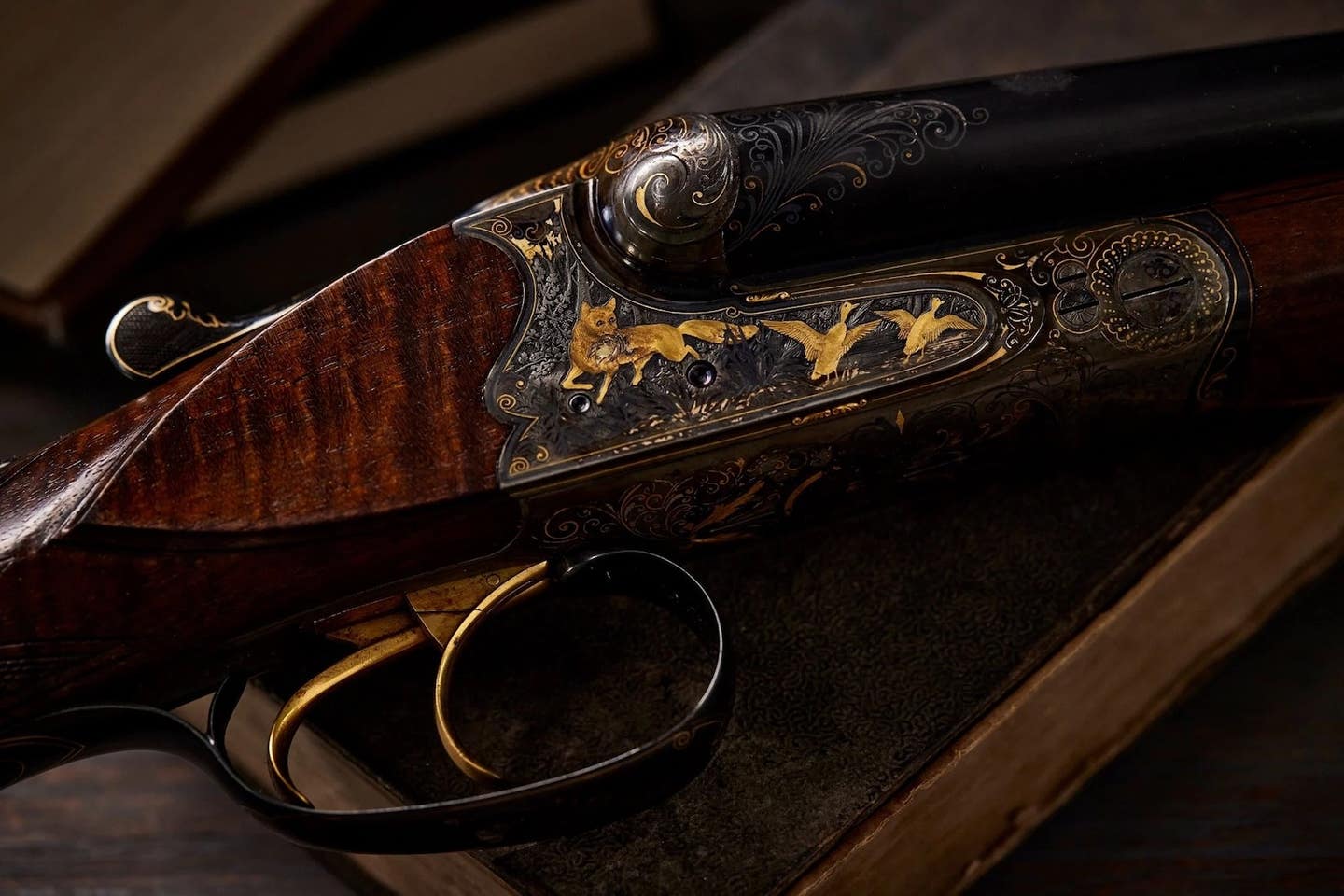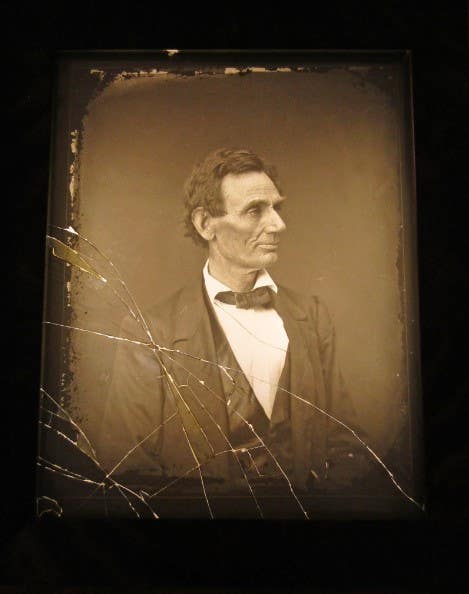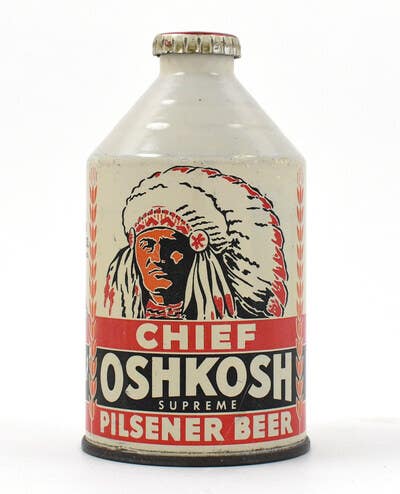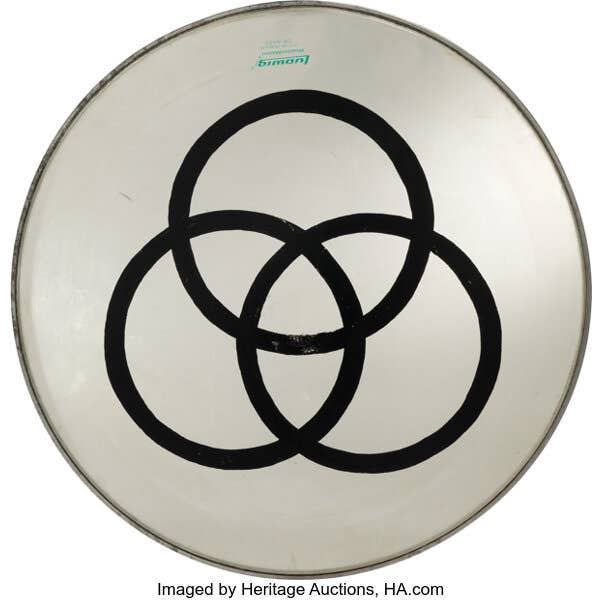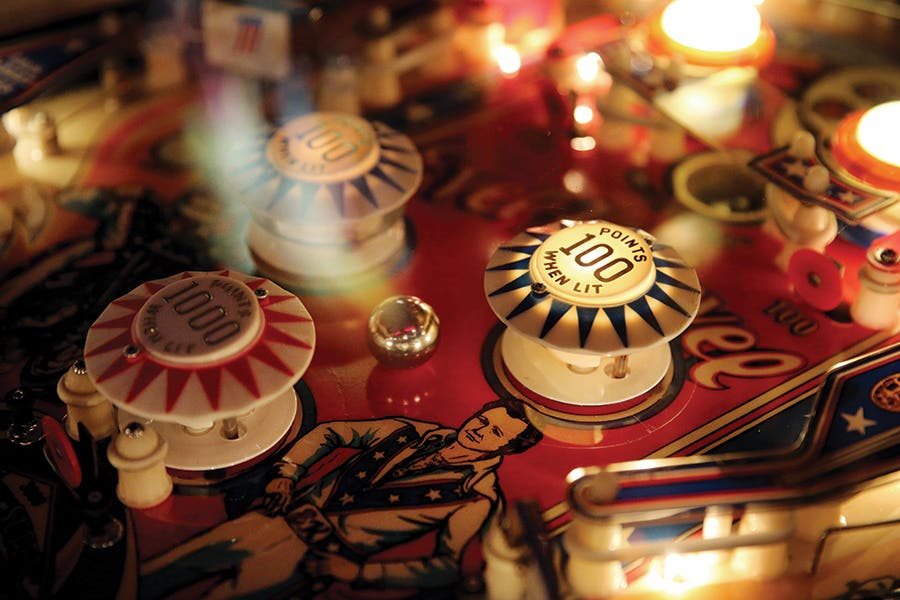Hand-crafted miniature circus needs home
One of the country’s most expansive miniature circus, featuring figures hand-carved by a father-son duo over the course of five decades, is on the market.
By Antoinette Rahn
Do you remember the last time, or perhaps the first time, you attended a circus? Was it the acrobats or clowns that captivated your attention? Perhaps it was the array of animals present, some of whom you’d likely never seen. Then again, maybe it was the complete circus atmosphere, energy, pageantry, and consumable delicacies (aka cotton candy).
Miniature Circus Tells a Story
For the young and young-at-heart, a drawback of the traveling circus was that it was temporary fun. After a few days of entertaining the residents of a region, the troupe of entertainers, maintenance and operations crew, and animals would pack up in short order like a well-primed machine and head out for the next community.
One ingenious way to capture a bit of the magic and marvel of the circus was the creation of miniature circus models. One of the most expansive, and by many accounts lovingly created examples, of a miniature circus is currently facing a challenge to its permanence.
The Marcks Family Miniature Circus exhibit is modeled after the Sells Floto Circus. It's a circus that toured the U.S. during the early 20th century. The miniature circus is currently on display at the Playland-Not-at-the-Beach Museum of Fun in El Cerrito, Calif. Now it is in need of a new home.
Carving a Circus Legacy
The story of how the Miniature Circus came to be displayed at the El Cerrito museum and enjoyed by about 15,000 people annually for the past 10 years is about more than entertainment. It’s about how people show love for one another and help one another navigate the various seasons of life.
More than fifty years ago Isaac Marcks turned to carving circus figures with his son Don. At the age of six Don was recovering from scarlet fever. The elder Marcks hand carved and painted the pieces, which include performers, animals, and props, among other items.
“Don’s father Isaac was a huge circus fan. When any circus was in town, he took off from work and took his sons, Don and his two brothers, to every performance, which meant also taking the boys out of school to attend,” said Tim Sauer,
Honoring Early Circus
Playland-Not-at-the-Beach Board member and owner of the miniature circus. “The
Sells Floto Circus performed in Pittsfield, Massachusetts (Don’s hometown) in 1930 at about the same time Don became ill. They were quarantined and Isaac began carving the circus and showed Don how to carve as well, replicating the circus they had just seen. Carving was an activity they could do together when they were not able to leave the house. The miniature circus is really a representation of the performers and animals from that 1930 edition of the Sells Floto Circus.”
The Sells Floto Circus came to be in the early 20th century, formed from the fusion of the Floto Dog & Pony Show and the Sells Brothers Circus, with Frederick Gilmer Bonfils, Harry Heye Tammen, and the Denver Post, having part ownership.
Looking Back at Circus History
At one time, Buffalo Bill Cody was a featured star of the circus. In 1929 the circus became an entity within the American Circus Corporation, which held ownership of various circuses. Later that same year John Nicholas Ringling purchased American Circus Corp reportedly for $1.7 million. This resulted in Ringling owning the majority of traveling circuses in the U.S. Fast forward to 2017 and in light of declining ticket sales, increased operating costs, and condemnation by animal rights groups, Ringling Bros. and Barnum & Bailey circus ceased operation after 146 years in existence, according to an article by Christopher Mele for The New York Times.
The Marcks’ ‘Circus World’ exhibit measures approximately 320 square feet.
Among the tent elements of the exhibit include big top (25 inches tall, 5 feet wide and 11 feet long with three rings), main show, sideshow, menagerie, backstage area: dressing, cook, dining, and stables for the animals. Also, the exhibit contains more than 75 circus wagons, banners promoting circus attractions, and hundreds of figures of people and animals. Presently, the Marcks Family Miniature Circus appears behind six large circus wagon facades with Plexiglass windows. All of the circus performers and animals were hand carved by Isaac and Don Marcks over the period of 50 years.
Big Love for a Miniature Circus
Sauer explains that up until his death in April 2003, Don added newly carved pieces to the circus exhibit regularly. That is in large part thanks to Playland-Not-at-the-Beach Museum of Fun founder Richard Tuck, and Don’s wife Marta. It was at a low point in his life that Don’s wife sought the help of Tuck, hoping her husband’s love of the circus and his many years of enjoyment creating the circus figures could help him find his way during a time of severe depression, following several serious health issues. In short order, Tuck invited Don to set up the miniature circus at Playland, which is a non-profit corporation.
Now, the Playland-Not-at-the-Beach Board are looking for a new owner for the miniature circus, someone to carry on the legacy and share the story of this unique exhibit. According to Sauer, the building he and his husband (Frank Biafore) rent for housing Playland is scheduled for demolition later this summer. In its place are plans for development of commercial space and condominiums, he said. With that, the owners are hoping to sell. They had an informal appraisal done of the circus exhibit, by a professional in the field, and might be as high as $300,000, Sauer explained. The Playland Board is looking to sell the miniature circus in order to raise the revenue to cover the cost of moving Playland-Not-at-the-Beach to a new location.
Looking for a New Home
“We would like to sell the circus as a unit as it tells an important story that would be lost if broken up into pieces,” stated Sauer.
Although Marcks Family Miniature Circus is not a rarity, the craftsmanship and overall size is uncommon, said Sauer. Equally unique is the story within the story of the circus helping shape generations of the Marcks family, as well as a decade of families who visited Playland Museum.
Celebrating Circus History
“There used to be many circuses traveling around the United States, but no more. The circus memorabilia bring back the color and pageantry of that era and educate the young as to what kind of entertainments were prevalent in the last century,” said Sauer. “We see grandparents showing their grandchildren the things they used to enjoy, the nostalgia bringing the generations a little closer together.”
Playland-Not-at-the-Beach continues to welcome visitors every weekend, with plans to be open every day during the coming summer, and hopes that the storied miniature circus will remain an example of the magic, merriment, and joy found ‘under the big top.’



